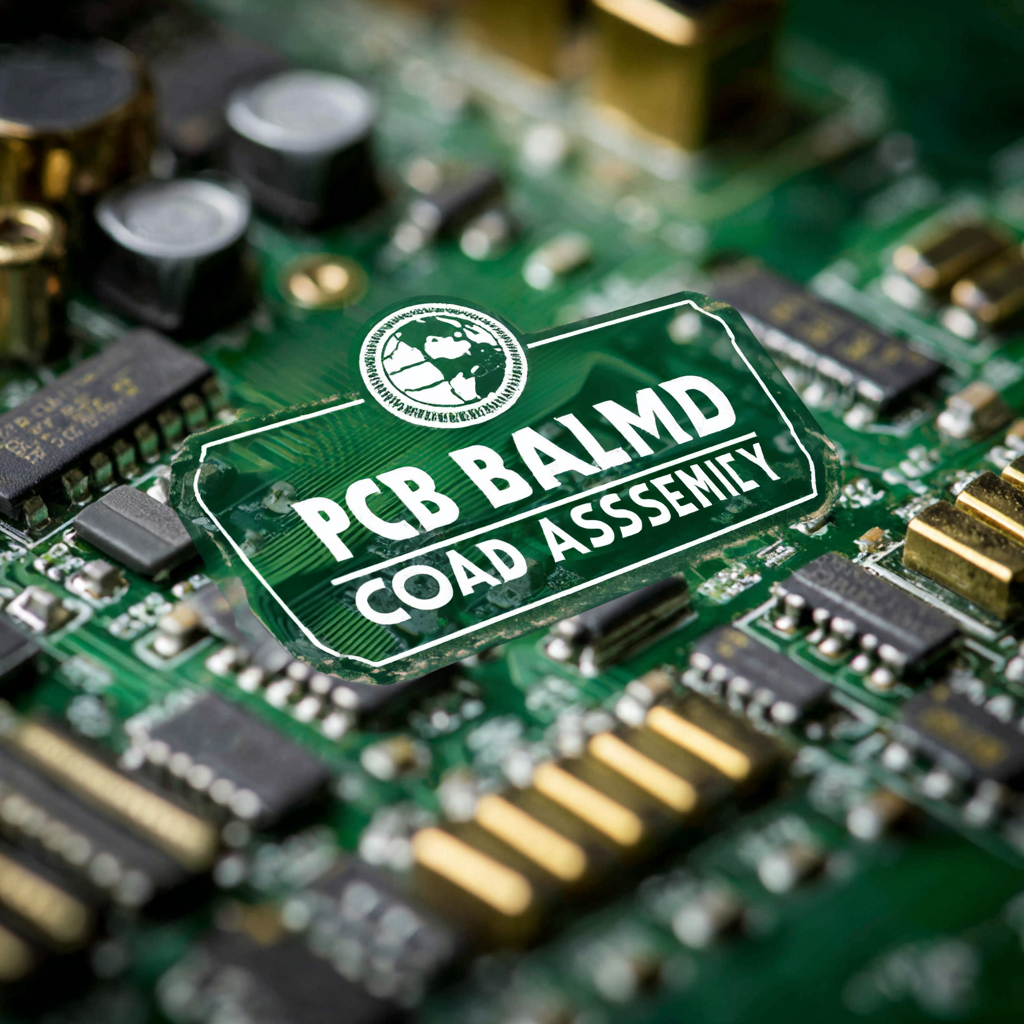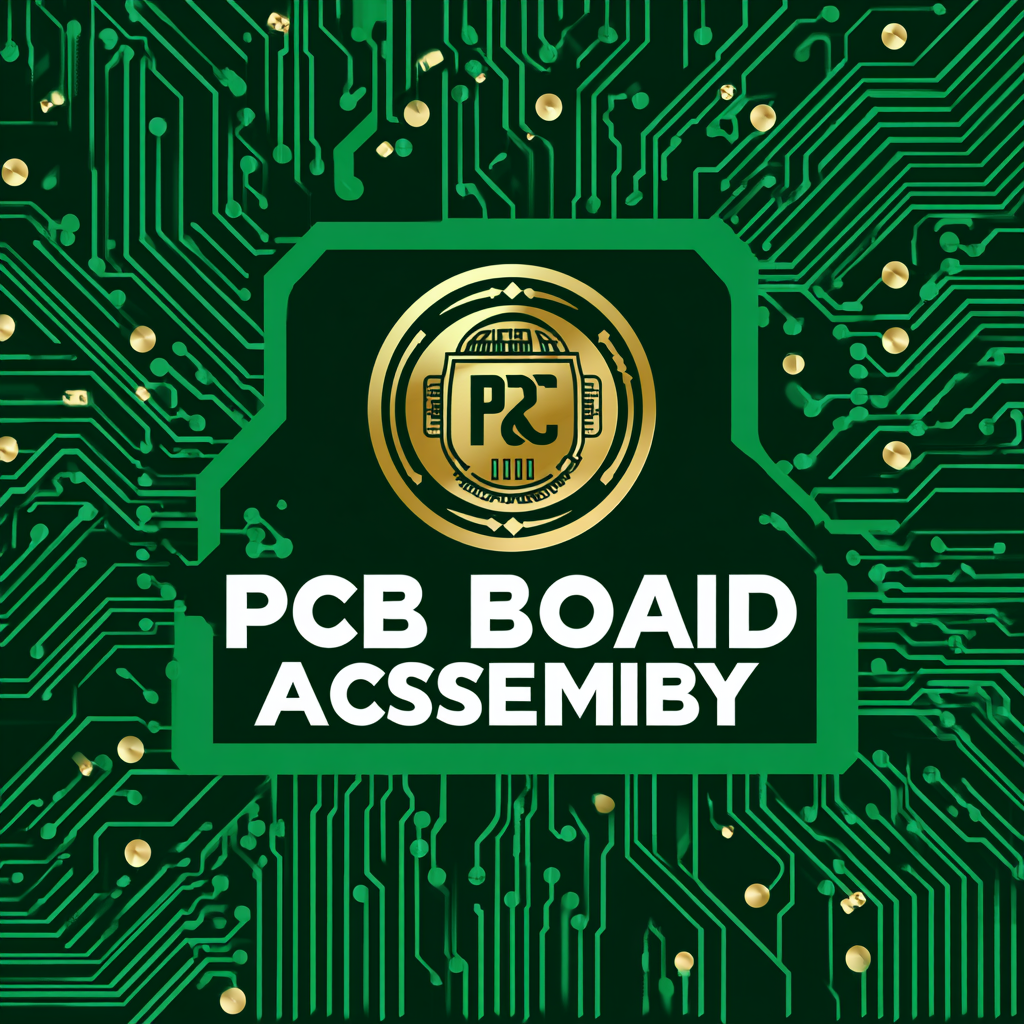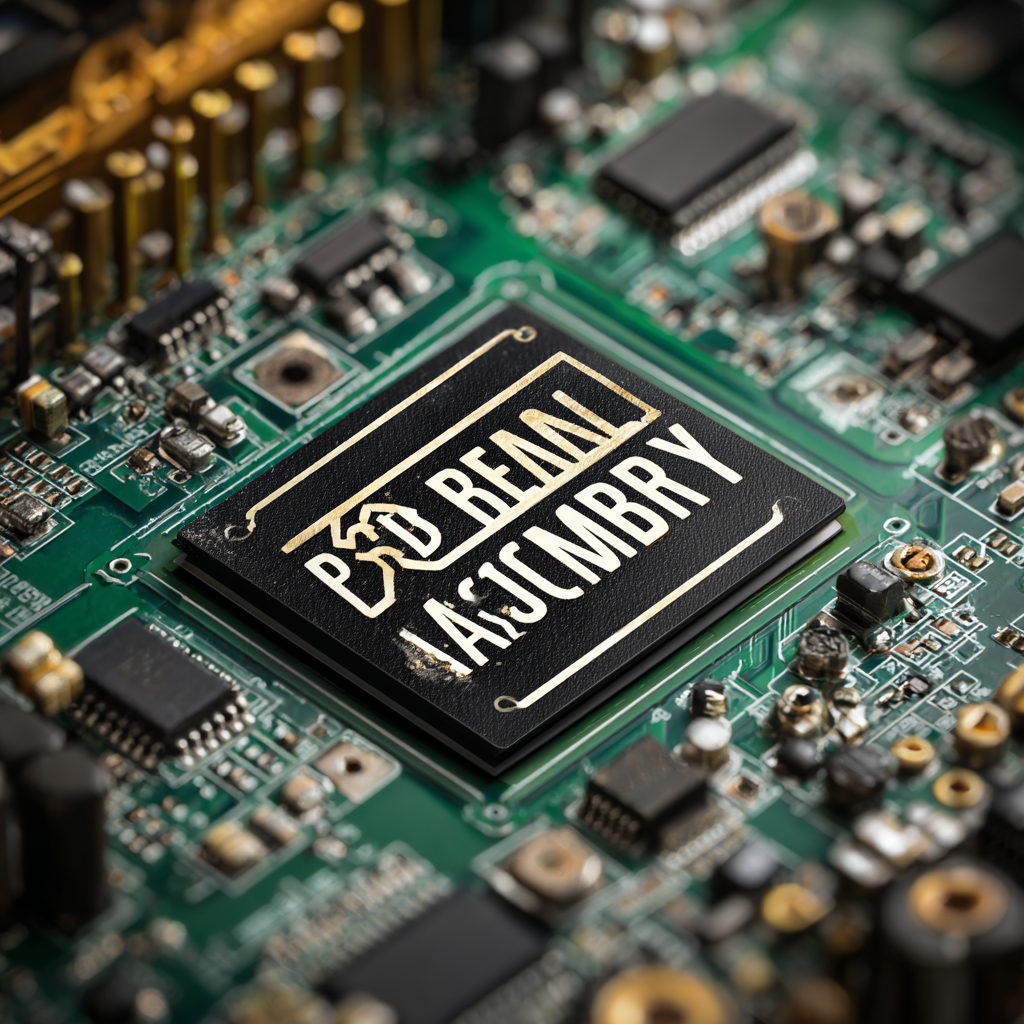As the landscape of electronics continues to evolve, the demand for efficient PCB board assembly has become paramount for global buyers. According to a recent report by Markets and Markets, the PCB market is expected to reach $80 billion by 2026, growing at a CAGR of 4.5%. This growth is driven by surging demand in sectors such as automotive, consumer electronics, and industrial automation. With technology advancing rapidly, ensuring a seamless PCB board assembly process is crucial to meet the rising expectations for performance and reliability. As manufacturers strive to optimize their production workflows, understanding the latest methods and best practices in PCB board assembly becomes essential. This guide aims to empower buyers with insights and strategies to navigate the complexities of PCB assembly, enabling them to make informed decisions in their sourcing efforts.

 The process of PCB board assembly is critical for ensuring the performance and reliability of electronic devices. Understanding the basics of this assembly process is essential for global buyers looking to source high-quality printed circuit boards. According to a 2022 report from IPC, the global PCB market is projected to grow at a CAGR of 3.4%, reaching $81.6 billion by 2025, highlighting the increasing demand for efficient assembly processes. This growth underscores the need for manufacturers to adopt best practices that can reduce production time and costs while maintaining high quality standards.
The process of PCB board assembly is critical for ensuring the performance and reliability of electronic devices. Understanding the basics of this assembly process is essential for global buyers looking to source high-quality printed circuit boards. According to a 2022 report from IPC, the global PCB market is projected to grow at a CAGR of 3.4%, reaching $81.6 billion by 2025, highlighting the increasing demand for efficient assembly processes. This growth underscores the need for manufacturers to adopt best practices that can reduce production time and costs while maintaining high quality standards.
Key steps in PCB assembly include surface mount technology (SMT) and through-hole technology, which play significant roles in the manufacturing process. A study by Allied Market Research indicates that the SMT segment alone accounted for approximately 56% of the market share in 2020, driven by its efficiency and ability to accommodate a higher density of components. Additionally, innovations in automated assembly lines and the integration of AI-driven quality control systems are transforming how PCBs are assembled, allowing for real-time monitoring and rapid adjustments. As the industry evolves, understanding these processes will empower buyers to make informed decisions and enhance their supply chain efficiency.
When it comes to PCB assembly efficiency, several key factors play a crucial role in determining the overall production quality and speed. One primary aspect is the choice of components. Selecting high-quality, readily available components can significantly reduce lead times and ensure smoother assembly processes. Additionally, standardizing components can streamline operations and minimize errors during assembly.
Another vital factor is the assembly process itself. Implementing automated assembly machines can enhance precision and speed, leading to improved efficiency. It’s essential to regularly maintain and calibrate these machines to avoid unexpected downtimes.
**Tips:** Consider investing in advanced software for real-time monitoring of the assembly process. This allows for quick identification and resolution of any issues that may arise, thus maintaining a continuous workflow. Additionally, providing extensive training for your workforce ensures that every team member understands best practices, further optimizing assembly efficiency and reducing waste.
| Factor | Description | Impact on Efficiency | Typical Range |
|---|---|---|---|
| Quality of Materials | The grade and type of materials used in PCB manufacturing. | High-quality materials enhance performance and durability. | FR-4, Rogers, etc. |
| Production Technology | Techniques used in the assembly process, such as surface mount technology (SMT). | Advanced tech speeds up production and reduces errors. | SMT, Through-hole, Hybrid. |
| Lead Times | Time taken to complete a PCB assembly order. | Shorter lead times increase customer satisfaction and market responsiveness. | 1-4 weeks. |
| Cost Efficiency | The balance between cost of production and output quality. | Optimized costs lead to higher profit margins. | $X to $XX per unit. |
| Skilled Workforce | Experience and expertise of personnel in assembly processes. | A well-trained workforce minimizes errors and enhances quality. | Training programs available. |
| Supply Chain Management | Efficiency in sourcing materials and components. | A smooth supply chain prevents delays in production. | Lead times and inventory levels. |
In the fast-paced world of electronics, streamlining PCB production is critical for businesses aiming to maintain a competitive edge. Innovative solutions are emerging that not only enhance efficiency but also reduce costs. Advanced automation technologies, such as robotic assembly lines and AI-driven quality control systems, are transforming traditional manufacturing processes. These innovations allow manufacturers to minimize human error, increase production speed, and ensure high-quality outputs. By adopting these technologies, companies can significantly shorten their turnaround times and improve overall productivity.
Furthermore, integrating advanced software for design and prototyping is reshaping how PCB boards are developed. Tools that enable real-time collaboration and simulation allow teams to optimize their designs before they even enter the production phase. This proactive approach decreases the probability of costly revisions later in the process. Additionally, utilizing cloud-based platforms facilitates better communication across global teams, ensuring that everyone is aligned and contributing to the project efficiently. The adoption of these innovative solutions is proving to be a game-changer for PCB production, paving the way for faster, cost-effective, and higher-quality electronic components.
Navigating the complexities of PCB board assembly can be challenging, especially for global buyers striving to balance quality and cost. According to the IPC's 2022 report, the global PCB market is projected to reach over $85 billion by 2026, highlighting the growing demand for efficient assembly solutions. To remain competitive, buyers must adopt cost-effective strategies that optimize production without compromising quality.
One effective approach is to leverage local fabrication services. By sourcing PCBs closer to the end market, buyers can reduce shipping costs and minimize lead times, a strategy endorsed by the Advanced Circuitry International's research, which states that local sourcing can save up to 20% on logistics expenses. Additionally, utilizing advanced manufacturing technologies, such as automated assembly lines, can significantly lower labor costs while enhancing precision and efficiency.
**Tips:**
1. Assess your supply chain regularly to identify potential cost-saving opportunities, such as bulk purchasing and negotiating long-term agreements with suppliers.
2. Embrace modular design principles that simplify PCB assembly and reduce material waste, thereby decreasing overall production costs.
3. Stay informed about emerging technologies and production techniques that can further enhance cost efficiency, such as AI-driven quality assurance systems.

In the realm of PCB (Printed Circuit Board) assembly, stringent quality control measures are paramount to meet global standards and client expectations. According to a recent report by IPC, a leading organization in the electronics manufacturing sector, almost 70% of electronic failures can be attributed to poor assembly processes. This figure underscores the importance of incorporating robust quality assurance practices at every stage of PCB manufacturing.
To achieve compliance with international quality standards such as ISO 9001 and IPC-A-610, manufacturers must implement a comprehensive quality management system. This includes not only the inspection of raw materials but also rigorous testing of assembled boards through protocols like AUTO Optical Inspection (AOI) and functional testing.
According to Data Bridge Market Research, the global PCB inspection market is projected to grow at a CAGR of 7.4% from 2021 to 2028, reflecting the increasing importance of quality control measures. A commitment to excellence not only minimizes defects but also enhances the overall reliability of electronic products, which is critical in an increasingly competitive global marketplace.